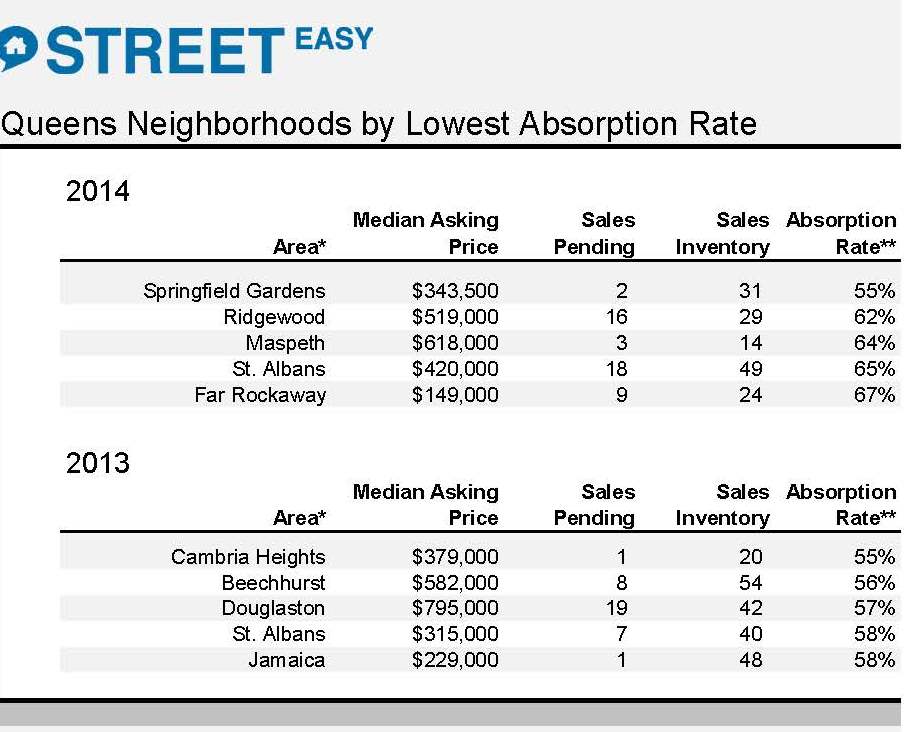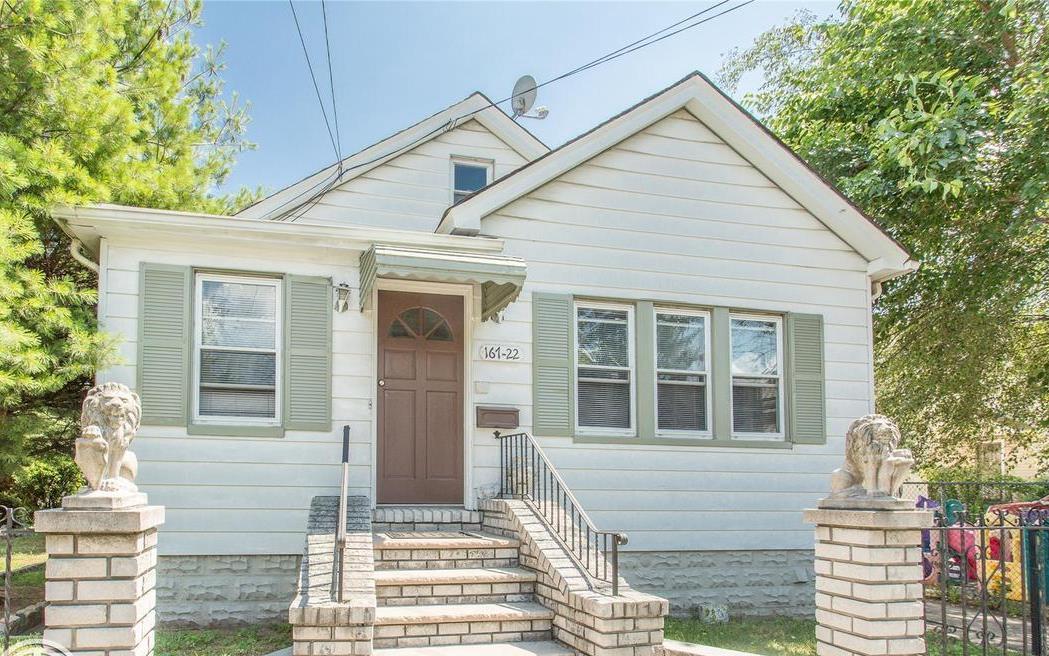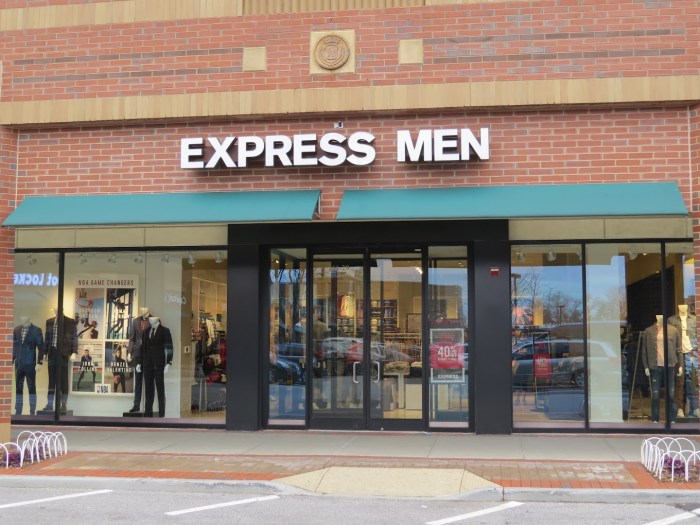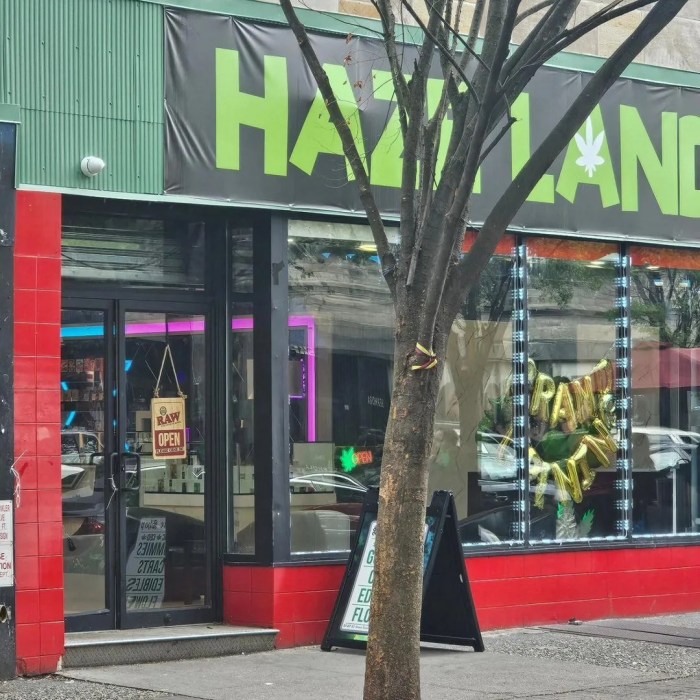2014 was a great year for Queens real estate.
More than $3.6 billion was spent on investment properties, according to a recent report, and in the final quarter of the year, the borough saw strong home sales.
However, for a variety of reasons, such as price points and disinterest in the area or homes, some Queens neighborhoods lagged far behind the borough’s selling rate.
The biggest loser for 2014 is Springfield Gardens, which had a 55 percent absorption rate, a metric showing rate of sales by calculating what share of home listings either went into contract or were removed, according to data compiled by real estate website StreetEasy. Meanwhile the borough’s selling rate increased from 74 percent in 2013 to 82 percent in 2014.
Springfield Gardens, is a mostly residential neighborhood in south Queens without a major downtown or transportation hub. It is bounded by John F. Kennedy Airport to the south, and residents have had to deal with low flying planes passing directly above their homes.
StreetEasy data scientist Alan Lightfeldt explained that there could be a variety of explanations for why homes don’t sell as quickly in some areas.
“There are a number of reasons why inventory does not move, but they can generally be grouped into two categories: price and quality,” Lightfeldt said. “The home may be in disrepair, requiring a lot of investment from a buyer. Or, the price just isn’t generating offers for the seller.”

Ridgewood, which is seeing rising demand and soaring prices in the rental market, took second place when it comes to lowest house sales.
Maspeth, St. Albans and Far Rockaway round up the bottom five.
The good news is that even the neighborhoods at the bottom are improving in sales. For example, St. Albans ranked fourth in the borough in both 2014 and 2013, but median prices are rising and the selling rate is improving, according to the research.
“Even the slowest moving Queens neighborhoods saw a higher absorption rate in 2014,” Lightfeldt said. “This is a sign that fewer Queens listings are falling by the wayside and buyers are snatching them up.”
RECOMMENDED STORIES



































